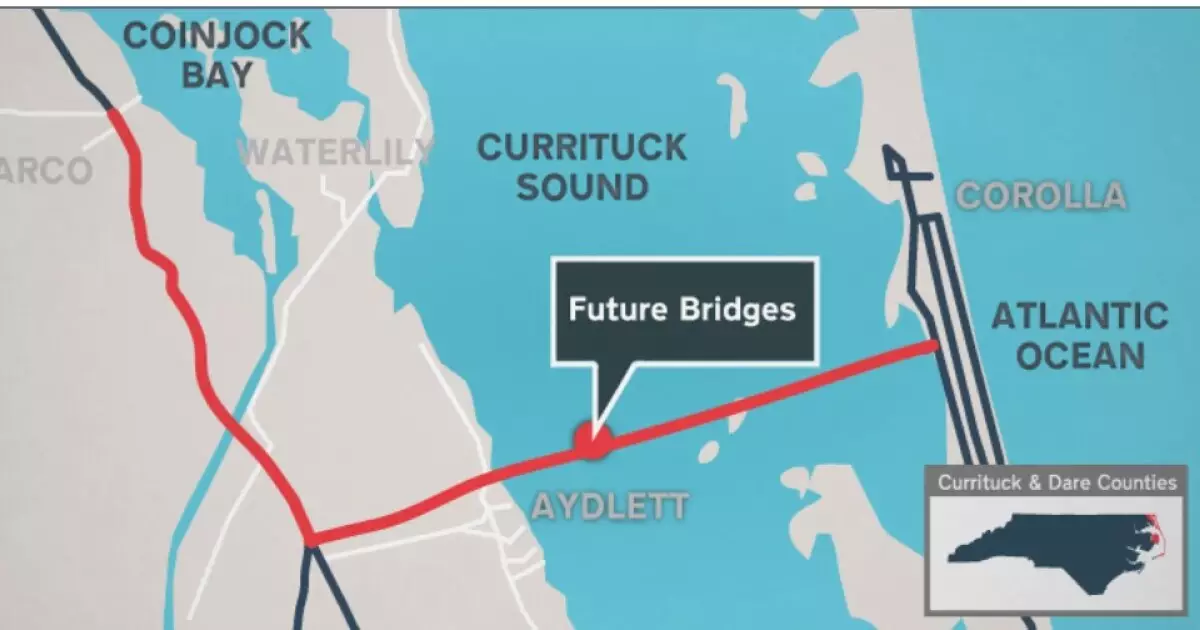North Carolina is on the verge of a significant transformation in its transportation infrastructure, particularly regarding the Interstate 77 corridor in Charlotte. The decision to pursue a public-private partnership (P3) for a project that involves adding toll lanes has sparked discussions throughout the state and beyond. This article delves into what this means for North Carolina’s transportation landscape, outlining the implications, potential outcomes, and contextualizing the political and financial dynamics at play.
The state’s largest transportation initiative, the I-77 South project, comes with a staggering estimated cost of $3.7 billion, a figure that underscores the financial challenges inherent in modern infrastructure development. The proposal garnered crucial approvals from the Charlotte City Council and the Charlotte Regional Transportation Planning Organization. Each of these governing bodies recognized that this investment was vital not only to manage existing congestion but to accommodate anticipated future growth. With the state projecting that each year of delay could incur an additional $100 million in costs, the urgency of the situation is palpable.
The North Carolina Department of Transportation (NCDOT) confirmed that without external funding, the project risks being shelved indefinitely. The financial strain posed on the state’s budget accentuates the necessity for alternative funding avenues. Here, the prospect of utilizing a P3 approach becomes not just a strategic choice but an essential one, allowing private entities to partner with the state to share the financial burden and risks involved.
Exploring Public-Private Partnerships: A Viable Solution?
The discussion surrounding P3s in transportation is not new, especially in southern states. With Georgia leading the charge in infrastructure partnerships, and Florida advancing similar legislative measures to encourage toll road projects, North Carolina’s decision to consider this avenue is a reflection of broader trends in transportation financing. Critics of the I-77 North project, which utilized a P3 under a previous contract with Spanish firm Cintra, highlight past dissatisfaction to raise questions about the viability and transparency of similar future ventures.
However, NCDOT officials, led by representative Brett Canipe, have committed to learning from prior experiences. The tone of their reassurances aims to promote a more favorable perspective on the upcoming project. Canipe emphasized that a new framework will ensure better terms and conditions than those previously instituted, displaying an intent to mitigate the concerns previously raised by local stakeholders.
The intricacies of political collaboration also play a crucial role in determining whether such projects succeed or fail. Charlotte City Council’s unanimous vote to advance the P3 indicates a political will to address the transportation crisis. As highlighted by council member Ed Driggs, the urgency to keep the project moving forward was driven by the stark realization that inaction could lead to indifferent growth and spiraling costs.
However, regional politics often have a mixed impact on infrastructure initiatives. By employing a weighted voting system that allocates substantial power to Charlotte, other regions may feel marginalized, leading to friction. This is a concern that the CRTPO will need to navigate delicately, ensuring that growth in urban centers does not engender neglect for less populated, yet equally deserving areas.
Ultimately, this I-77 project represents a crucial test case for how the state tackles its burgeoning transportation needs amidst rising populations and automotive use. The issues raised by city planners and transportation officials regarding the costs of infrastructure reflect larger national challenges. With transportation in urban centers increasingly complex, the question remains whether P3 strategies will deliver efficient results or exacerbate existing dissatisfaction.
The ultimate success of this venture may depend not solely on sound financial planning but also on public perception and community engagement. Comprehensive communication strategies will play a pivotal role in garnering community buy-in, fostering trust, and ensuring transparency in both processes and expected outcomes.
As North Carolina embarks on this ambitious journey, one thing is certain: the decisions made will influence not only the immediate landscape of transportation but also set precedents for future infrastructural developments across the state and possibly the nation.

